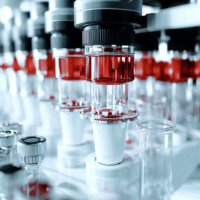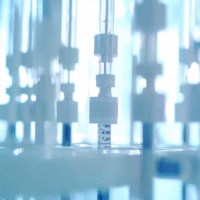Understanding the Research Results
This study looked at how a special type of therapy, based on positive psychology, can help men with psychogenic erectile dysfunction (pED). This is when erectile dysfunction is caused by mental or emotional issues rather than physical problems. The main goal was to see if this therapy could improve both mental resilience and erectile function.
What Worked?
- The therapy helped increase psychological resilience over 8 weeks.
- Patients receiving the therapy reported better self-esteem and satisfaction in their sexual relationships.
- There was a noticeable improvement in the number of effective erections and their quality.
What Didn’t Work?
- Initially, there were no significant differences in erectile function scores between the groups at the start of treatment.
How Does This Help Patients and Clinics?
This research shows that combining psychological therapy with medication can lead to better outcomes for men suffering from pED. It means that clinics can offer a more holistic approach to treatment, addressing both mental and physical health.
Real-World Opportunities for Hospitals and Doctors
- Implement psychological therapies alongside traditional treatments for erectile dysfunction.
- Train staff on the PERMA model to enhance patient care.
- Encourage open discussions about mental health in sexual health consultations.
Measurable Outcomes for Clinics
- Track patient scores on sexual health assessments like IIEF-5 and SESRS.
- Monitor changes in self-esteem and relationship satisfaction over time.
- Evaluate the frequency and quality of erections reported by patients.
AI Tools That May Help
- AI-driven chatbots can provide mental health support and resources to patients.
- Data analytics tools can help track patient progress and outcomes effectively.
Step-by-Step Plan for Clinics
- Start Small: Introduce the PERMA model in a few patient consultations.
- Train Staff: Provide training for healthcare providers on psychological interventions.
- Gather Feedback: Collect patient feedback on the new approach to treatment.
- Evaluate Results: Regularly assess patient outcomes and adjust methods as needed.
- Expand Gradually: Once successful, incorporate the therapy into more treatment plans.
For more details on the research, you can access the full study here.





























